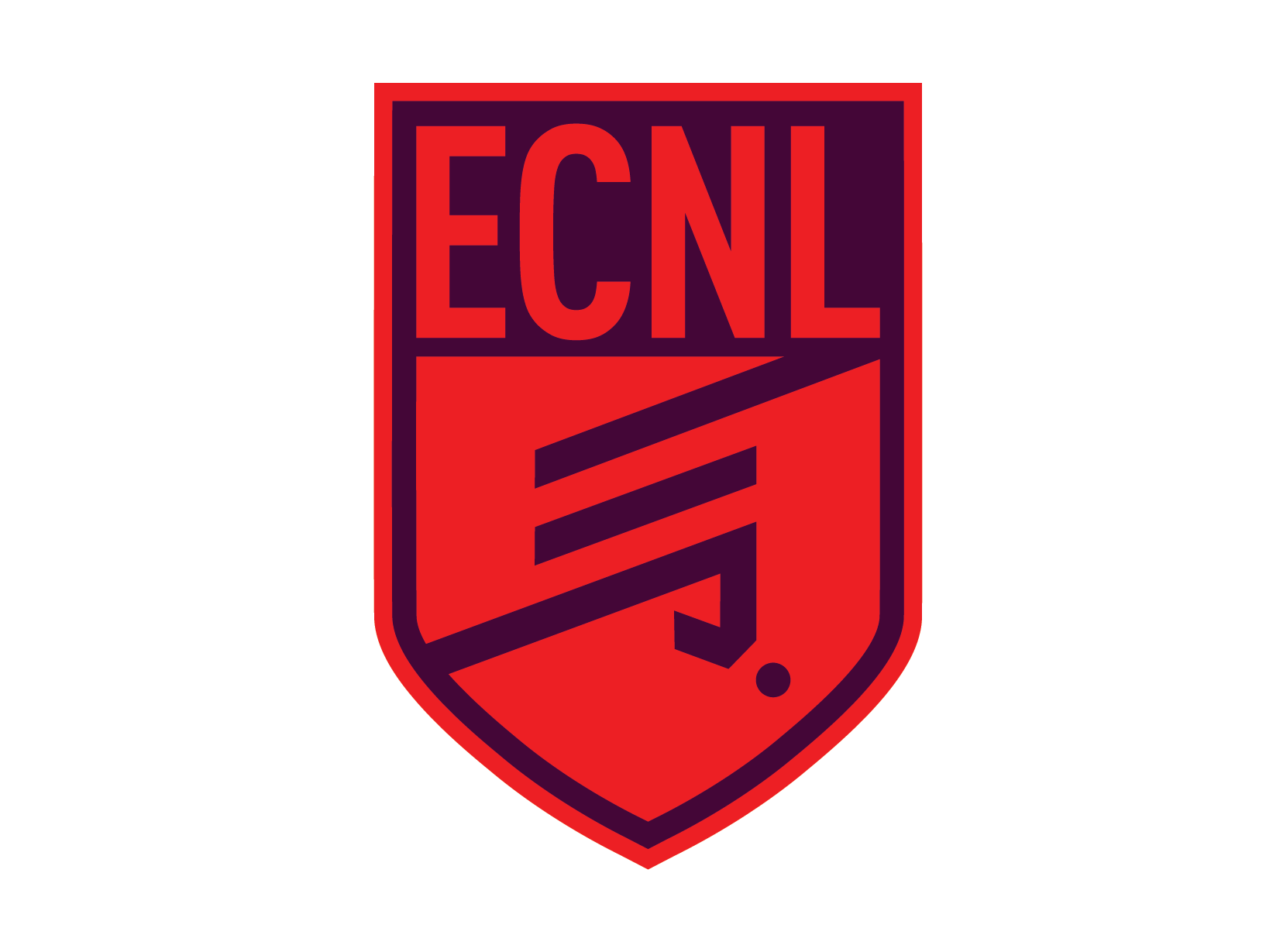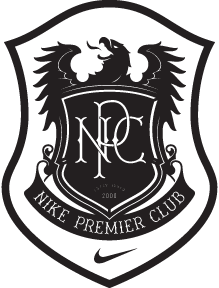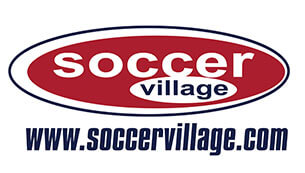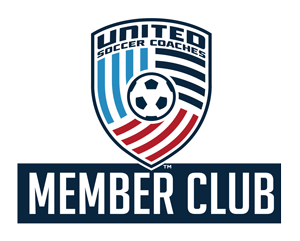Kings Hammer Healthy Habits: Injury Prevention

- November 9, 2023
Share This Post
Kings Hammer is thrilled to bring you the second episode of Kings Hammer Healthy Habits presented by OrthoCincy. In this episode, OrthoCincy experts discuss the topic of injury prevention as it relates to athletes.
For more information on the topic of injury prevention, check out the following provided by the experts at OrthoCincy:
Q1: Can you explain the most common types of injuries that soccer players are prone to, and how these injuries can be prevented or minimized through physical therapy?
A: Some of the most common injuries we see in our clinics are strains and sprains (hamstring, quad, ankle), ACL tears, muscle imbalances and overuse injuries. The best way to prevent several of these injuries is implementing strength & flexibility programs. Doing this we focus on a variety of areas such as improving hip/groin flexibility, assess player biomechanics as well as possible shoe modifications or ankle/knee stability braces.
Q2: How do you assess the individual needs of soccer players when it comes to injury prevention? Are there specific assessments or tests you use?
A: We can assess individual needs through a variety of tests. These could include strength/endurance tests, balance/proprioception assessments, biomechanic assessments, history & symptom evaluation and more
Q3: Can you describe the importance of proper warm-up routines in soccer injury prevention? What dynamic stretching exercises do you recommend for soccer players?
A: Warm-up routines are essential as they prepare the body for the physical demands of the sport. They help increase blood flow, improve muscle elasticity, enhance joint lubrication as well as mental preparation. Dynamic stretching is a crucial component of a soccer warm-up as it involves controlled movements that actively stretch muscles and increase range of motion (leg swings, hip circles, high knees, butt kicks, lateral lunges, inchworms, ankle circles, quad & calf stretches)
Q4: Proprioceptive Neuromuscular Facilitation (PNF) stretching is often used by physical therapists. Can you explain how PNF stretching works and its benefits for soccer players?
A: PNF stretching involves a combination of stretching and contracting specific muscle groups to increase flexibility and range of motion. The technique is typically performed with a partner. Below is a general order of how to best use PNF stretching
- Passive stretch – isometric contraction – relaxation & increased stretch – repeat…
- By increasing flexibility and range of motion, PNF stretching can reduce the risk of muscle strains and tears. It also helps maintain balanced muscle lengths, which can prevent imbalances that lead to injuries.
Q5: Could you share some examples of how you work with soccer players to improve their technique and body mechanics to reduce the risk of injury?
A: Some examples of how soccer players can work with a PT to reduce the risk of injury include
- Assessing gait analysis, running technique, kicking technique, change of direction & agility training, functional training and/or RTP protocols.
Q6: How do you address core stability and its role in preventing soccer-related injuries? Are there specific exercises or drills that you find particularly effective?
A: Core stability provides a solid foundation for dynamic movements and helps maintain proper body alignment during soccer activities while enhancing a player’s performance, balance, and their ability to withstand the physical demands of the game.
Q7: After a game or intense training session, what specific cooldown activities and stretches do you recommend for soccer players to prevent muscle tightness and soreness?
A: After a game or training session you can use several techniques to prevent muscle tightness and soreness. Examples of this might include static stretching, foam rolling, ice baths, self-massage, dynamic mobility exercises and stretch bands.













